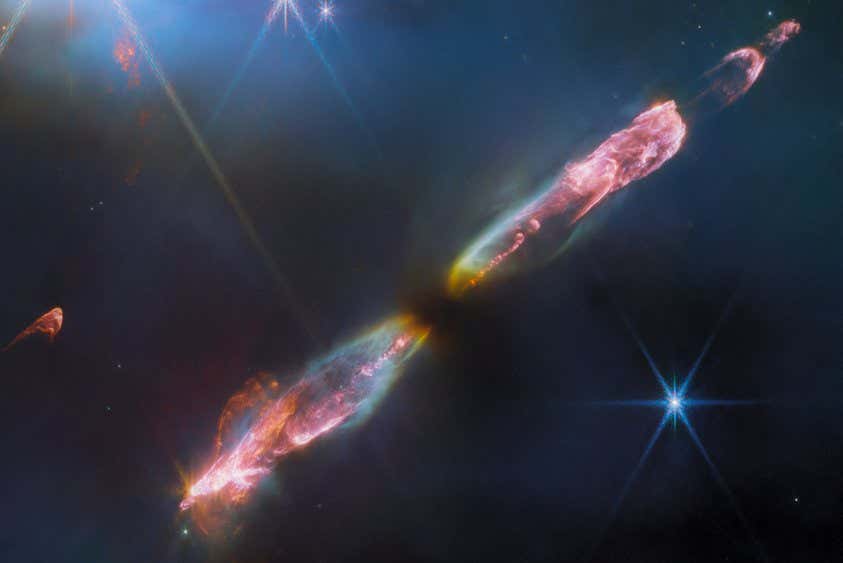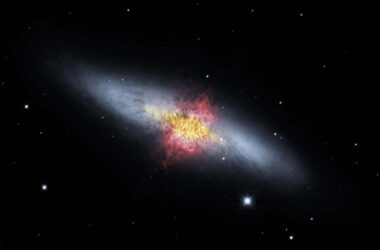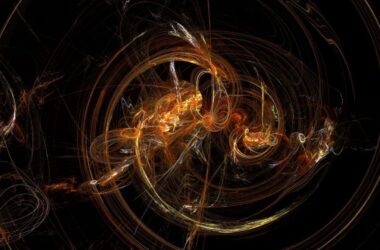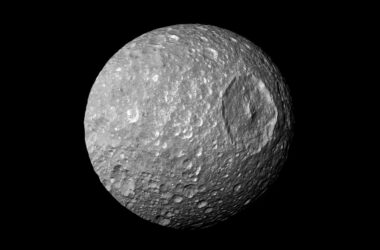NASA’s James Webb Space Telescope’s image of Herbig-Haro 211
ESA/Webb, NASA, CSA, Tom Ray
The James Webb Space Telescope (JWST) has captured a stunning image of a newborn star emitting two powerful jets. The star, known as Herbig-Haro 211 (HH 211), is located approximately 1000 light years away in the Perseus constellation. This image provides astronomers with unprecedented detail of a Herbig-Haro object.
Herbig-Haro objects are formed when young stars release intense winds that collide with surrounding gas and dust at supersonic speeds. By analyzing the image, researchers were able to determine that the outflow from HH 211 is traveling at a speed of 80 to 100 kilometers per second. While this may seem fast, it is relatively slow compared to the outflows from older, more evolved stars.
The central star of HH 211 has a mass that is about 8% of the sun’s mass and is considered one of the youngest Herbig-Haro objects ever observed. The presence of wiggles in the jets suggests that HH 211 may actually be a binary star system. However, even with the high level of detail provided by the JWST, it is not possible to definitively confirm this theory.
Topics:
- stars
- James Webb space telescope








